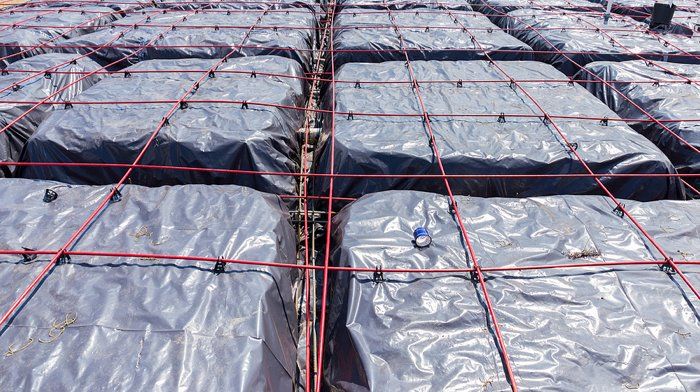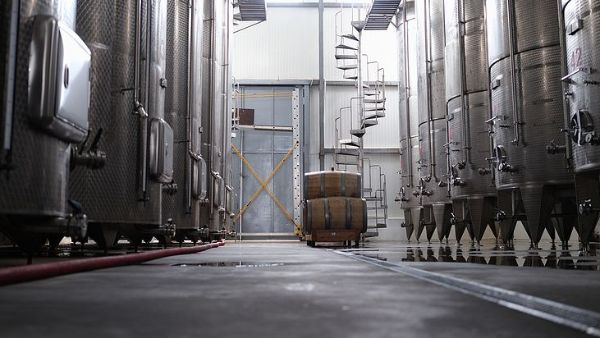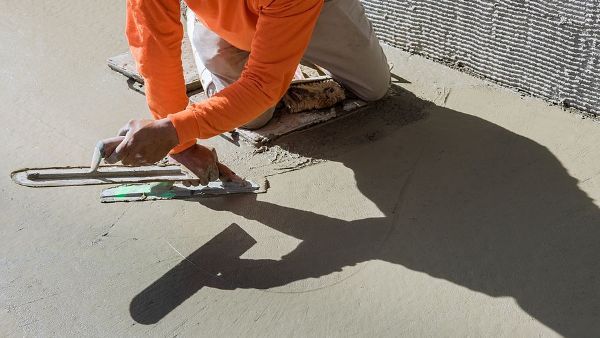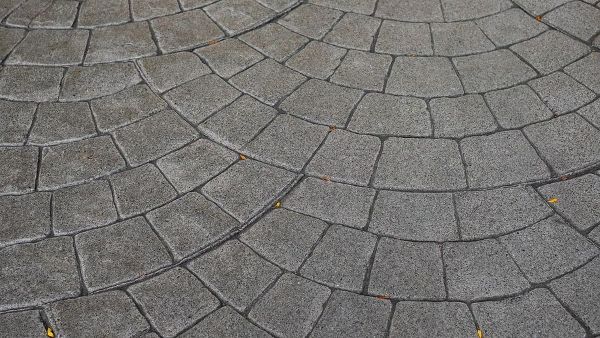Understanding The Role of a Post Tension Slab in Your Home's Construction
What is a Post Tension Slab?
Cracks in a home's foundation can lead to various problems for homeowners, including flooding, uneven floors, and insect infestation. New home builders may recommend post-tension concrete slabs to prevent foundation damage and help homeowners avoid the inconvenience and costs of vital repairs.
How Does a Post-Tension Slab Function?
Traditional building methods involve suspending steel beams or rebar in a trench before filling it with concrete to create a footer that distributes a home's weight around its perimeter. Further steps involve adding stem walls or risers onto the footer and installing the plumbing before pouring additional concrete for the slab. Finally, a traditional slab requires the installation of contraction joints to reinforce the concrete, which naturally cracks under the pressure of heavy loads.
Since their development in the 1970s, post-tension concrete slabs have become a popular choice for new home construction. Post-tensioning combines principles of physics with steel cables to strengthen the concrete, which naturally lacks tensile strength. As a result, post-tension slabs do not require contraction joints for reinforcement.
First, builders pour concrete over a grid of steel cables encased in plastic sleeves that resist bonding with the surrounding material. As a result, the steel remains embedded in the concrete while it cures. At that point, hydraulic jacks compress the concrete by stretching the cables anchored to it.
What Are the Benefits of Post-Tensioning?
Builders and general contractors recommend using post-tension slabs to achieve the following benefits:
- Greater strength. Post-tensioning combines compressed concrete and steel to maximize a slab's weight-bearing capacity and durability. Concrete is most robust when compressed, and the reinforcing steel rods can withstand a weight of up to 270,000 pounds per square inch. Concrete slabs with steel reinforcement can bear up to 33,000 pounds of tension. Therefore, post-tension slabs can meet the challenges of building structures where the soil is unstable due to excessive amounts of expansive clay and sand or high moisture content.
- Less shrinkage and cracking. Concrete can shrink for up to one year while it cures. Often, shrinkage can be as much as 1/2 per 100 feet and causes excessive pressure within the slab that leads to cracks. Post-tensioning compresses the concrete after it is poured and uses steel cables to increase its weight-bearing capacity to prevent cracking. As a result, foundations built on grounds where the soil is highly expansive gain stability and have sufficient reinforcement to prevent cracking as the soil shifts.
- More design options. Traditional concrete slabs are approximately six inches thick and must be linked together in segments to extend over large areas. Alternatively, post-tensioned slabs are thinner, and their tensioning can happen after their fabrication. This feature enables architects to produce various designs, such as ceiling domes or continuous expanses of space.
- Lower material costs. Concrete slabs must be relatively thin to allow contractors to apply tension after making them. This thinness means that builders require less concrete and reinforcing materials than they need when producing conventional slabs, resulting in lower project costs.
- Shorter construction timeline. Sometimes construction workers must dig deep into the ground to remove unstable topsoil before they start building. Unfortunately, this step also delays every subsequent stage of a construction project. Post-tension concrete slabs eliminate this complication and help construction workers complete projects on time or ahead of deadlines.
Does Your Home Have a Post-Tension Slab?
Often a stamp on a garage floor will state that a home has a post-tension slab. Sometimes signage indicating this feature appears on a wall near a garage. In addition, patched circles appearing on a home's perimeter where post-tension cables end may also reveal a post-tension slab. It is prudent to confirm if a home has a post-tension slab to ensure that contractors working on repairs or other projects do not accidentally drill through the slab and compromise its stability.
For more information about how a post-tension concrete slab can improve your new home's construction,
contact the concrete experts at RTS Construction.





